top 10 trees for southern california backyard
sp0ng3r
14 years ago
Featured Answer
Sort by:Oldest
Comments (19)
Dan _Staley (5b Sunset 2B AHS 7)
14 years agoRelated Professionals
Kenmore Landscape Architects & Landscape Designers · Lake Oswego Landscape Architects & Landscape Designers · Frisco Landscape Contractors · Jackson Landscape Contractors · Belvedere Park Landscape Contractors · Eureka Landscape Contractors · Hickory Hills Landscape Contractors · Paramount Landscape Contractors · Johns Creek Siding & Exteriors · Rockville Siding & Exteriors · San Diego Siding & Exteriors · Aventura Decks, Patios & Outdoor Enclosures · Centreville Decks, Patios & Outdoor Enclosures · Franconia Decks, Patios & Outdoor Enclosures · Northbrook Decks, Patios & Outdoor EnclosuresEmbothrium
14 years agogreenman28 NorCal 7b/8a
14 years agoDan _Staley (5b Sunset 2B AHS 7)
14 years agoquercus_macrocarpa
14 years agopineresin
14 years agolou_spicewood_tx
14 years agosp0ng3r
14 years agoEmbothrium
14 years agosp0ng3r
14 years agogreenman28 NorCal 7b/8a
14 years agochrisko4_hotmail_com
12 years agoparker25mv
7 years agolast modified: 7 years agoJanice Marie
6 years agojoshua8238
6 years agojoshua8238
6 years agojoshua8238
6 years agojoshua8238
6 years ago
Related Stories

GARDENING GUIDES10 Top California Native Plants, Trees and Grasses
Enjoy a fuss-free, water-wise garden in the Golden State by growing plants naturally in tune with the climate and wildlife
Full Story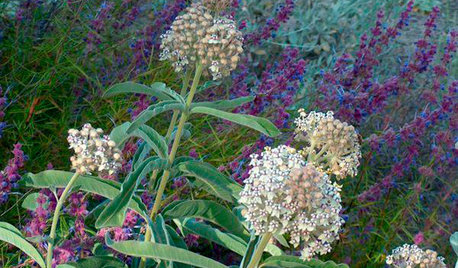
GARDENING GUIDES10 Top Native Plants for Southern California Gardens
Enjoy a fuss-free, water-wise garden by growing plants naturally in tune with the climate and wildlife of Southern California
Full Story
INSPIRING GARDENSNative Plants Bring 10 Southern California Front-Yard Gardens to Life
Rare plants, rain gardens and wildlife habitats are just a few of the features showcased on the 2016 Theodore Payne Native Plant Garden Tour
Full Story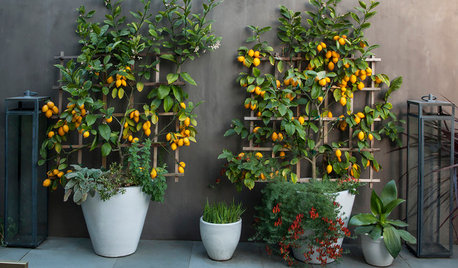
TREES10 Top Trees to Grow in Containers
These container-friendly trees make great specimens for pots on the patio or marking an entrance
Full Story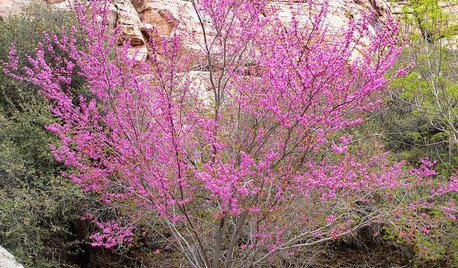
GARDENING GUIDES10 Top Native Plants for Northern California Gardens
Enjoy a fuss-free, water-wise garden by growing plants naturally in tune with the climate and wildlife of Northern California
Full Story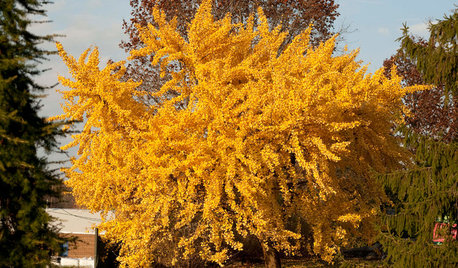
TREESTop 5 Trees for Fall Color in California
Bring a glorious sight to the landscape this autumn with one of these beauties that thrive in mild climates
Full Story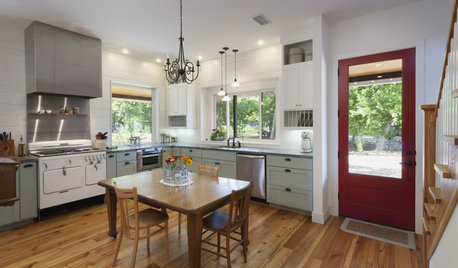
HOUZZ TOURSThe Top 10 Home Tours on Houzz
See the most popular homes from the 1,000 profiled on Houzz, from an edgy garage to a sparkling Southern belle
Full Story
GARDENING GUIDES10 Top Native Plants for the U.S. Southeast
For a low-maintenance and wildlife-friendly landscape, use Southern natives that withstand heat and humidity
Full Story
SPRING GARDENINGTop 10 Scented Plants for Your Garden
A palette of perfumed plants can transform even the smallest of gardens into a sensory delight
Full Story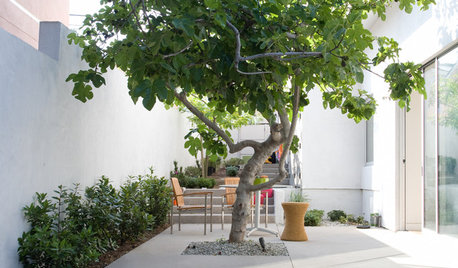
TREES10 Spectacular Trees for Courtyards and Tight Spaces
Here are some top small-scale trees for 4-season interest, easy care and little mess
Full Story







aquilachrysaetos